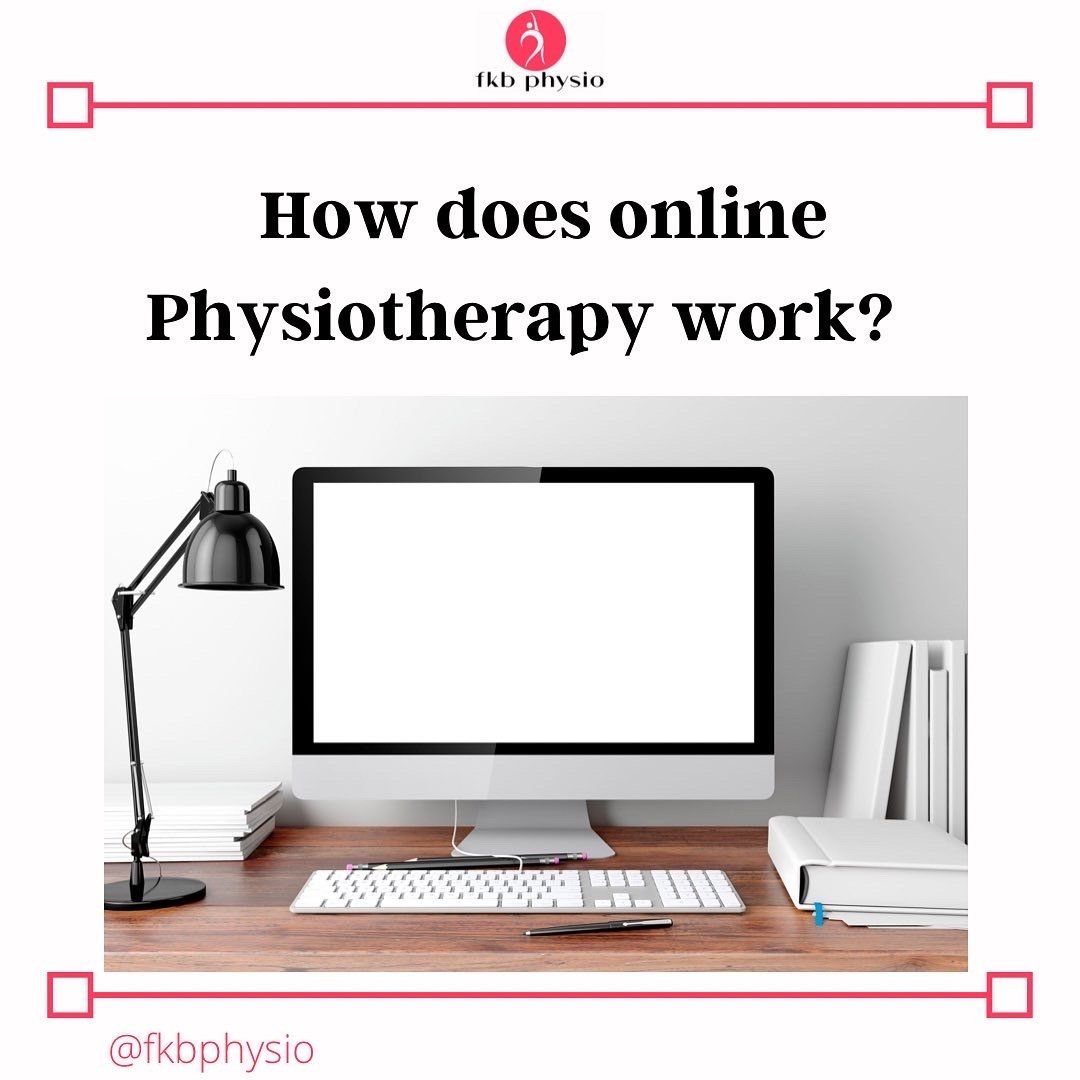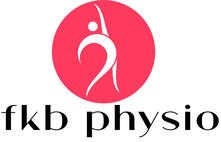How does online physiotherapy work?
Don't you need to be able to feel my joints and perform manual techniques on me? How can you do that through a screen?

Not necessarily.
"Traditional" physiotherapy may be more along these lines, where you need to be manually assessed and a manual treatment performed in order to facilitate recovery.
But a more modern approach to musculoskeletal care does not look quite like this.
In 80% of cases, a diagnosis can be made from the an effective patient interview alone (Maude, 2014). A thorough, in depth discussion about your problem, can reveal a lot about why it may have begun. And to be honest, this is often done very poorly in practice, particularly if a healthcare provider is short on time. This is something that can be done very effectively, with lots of time available, through Zoom.
Sometimes, you may need a physical examination to confirm or rule out a condition, for example in the case of a suspected ACL rupture. This is not always the case however, and if a physical examination is required, referral to a local clinician with specific instructions about what to screen for can be made.
In terms of treatment, mostly this can be done remotely as well.
Two of the main recommendations for high quality musculoskeletal care are to:
- provide appropriate advice and education, about one's condition, and
- To provide active treatment strategies
(Lin et al., 2020).
Manual therapy is to be used as an adjunct to these treatments only, as recommended by Lin et al. (2020) in a systematic review discussing what constitutes best practice care for musculoskeletal pain. That is, it is an optional extra. Advice and education, on the other hand, is considered essential, though researchers have found that appropriate advice is given only 20% of the time in a primary care setting.
"Just rest it and take a few anti inflammatories, and go and get this MRI" sound familiar?
Telehealth physiotherapy can provide much more than this.
Here is what one of my Telehealth consultations generally looks like:
- An depth conversation about the reason you sought out advice from a physiotherapist.
- Identify what has led to the pain/injury starting, and come up with a potential explanation as to why.
- Discuss what you think are the main reasons the problem has developed, and what you have figured out help so far.
- Go through a physical examination (you doing certain movements) to figure out movements that trigger the symptoms, or that may be different on one side compared to the other..
- Work together to come up with a plan, that involves
- A. Education on why you may be in pain so you know what you can do to start getting back on track.
- B. What you may need to do a bit less of for a period of time to let things calm down.
- C. What you can do more of instead to make up for that.
- D. What you may need to do a bit more of right now to build up your capacity.
- E. Specific exercises to achieve these things, if necessary.
This can be done with no travel time, from the comfort of your home, and fit around your potentially otherwise busy day.
If you're interested, head over to 'physiotherapy services' page and book yourself in for a consultation. Or, a free phone call to learn a bit more about how I may be able to help.
References:
Maude, J. (2014). Differential diagnosis: the key to reducing diagnosis error, measuring diagnosis and a mechanism to reduce healthcare costs. Diagnosis, 1(1), 107-109. https://doi.org/doi:10.1515/dx-2013-0009
Lin, I., Wiles, L., Waller, R., Goucke, R., Nagree, Y., Gibberd, M., Straker, L., Maher, C. G., & O'Sullivan, P. P. B. (2020). What does best practice care for musculoskeletal pain look like? Eleven consistent recommendations from high-quality clinical practice guidelines: systematic review. Br J Sports Med, 54(2), 79-86. https://doi.org/10.1136/bjsports-2018-099878

